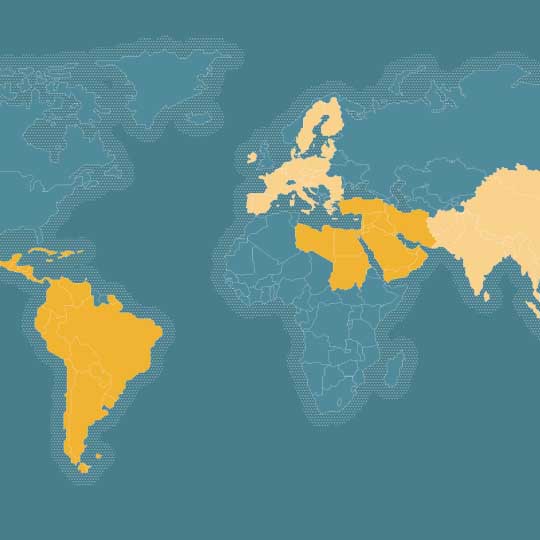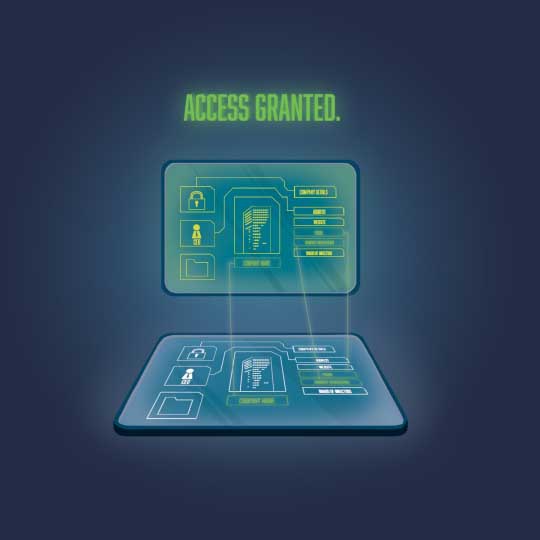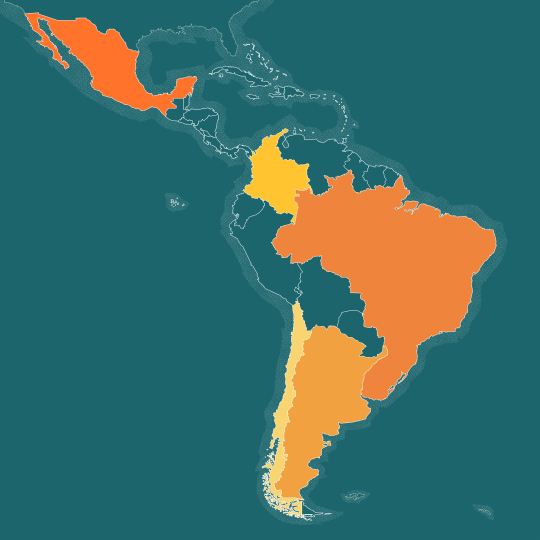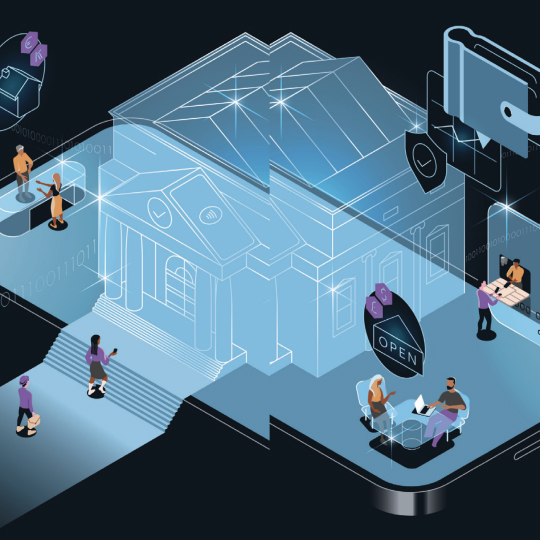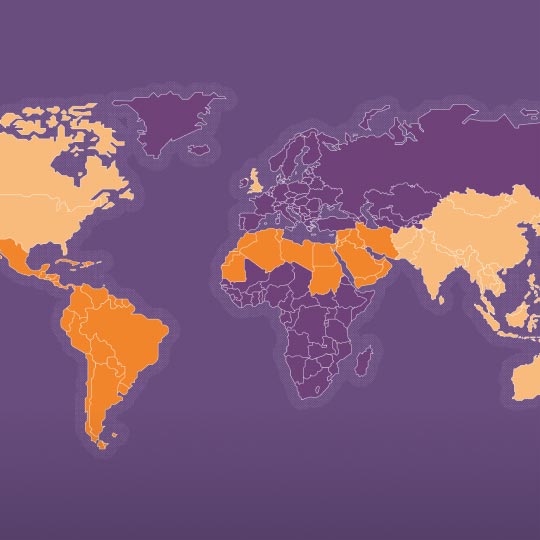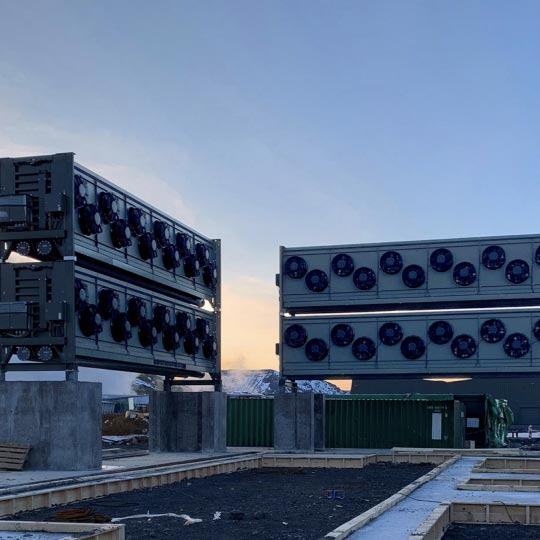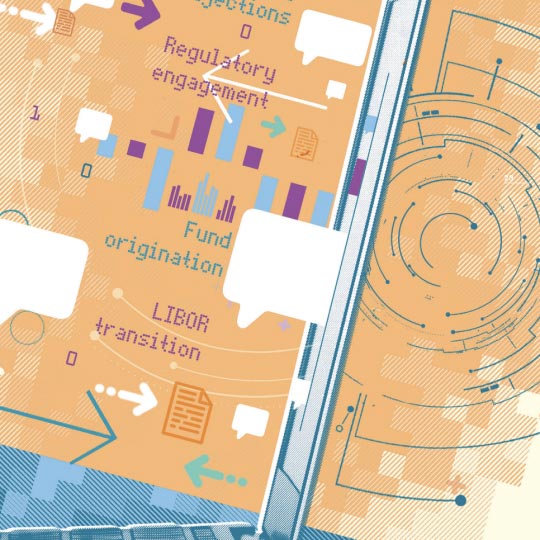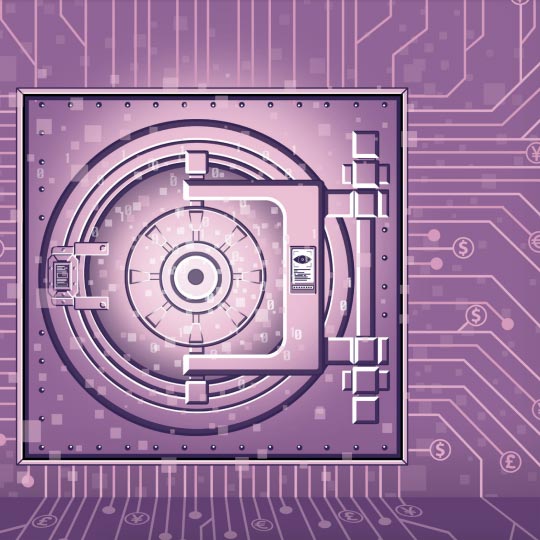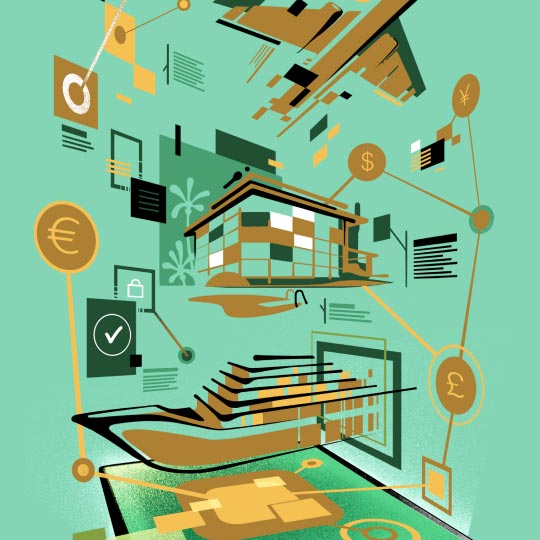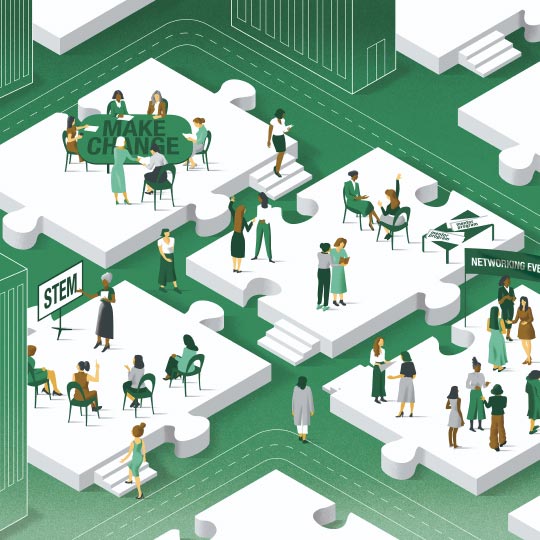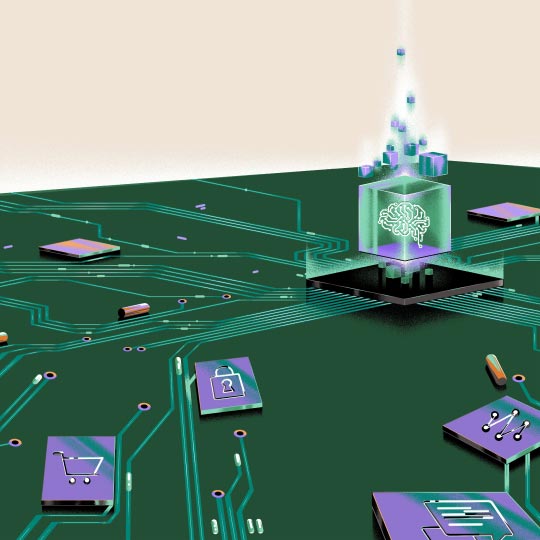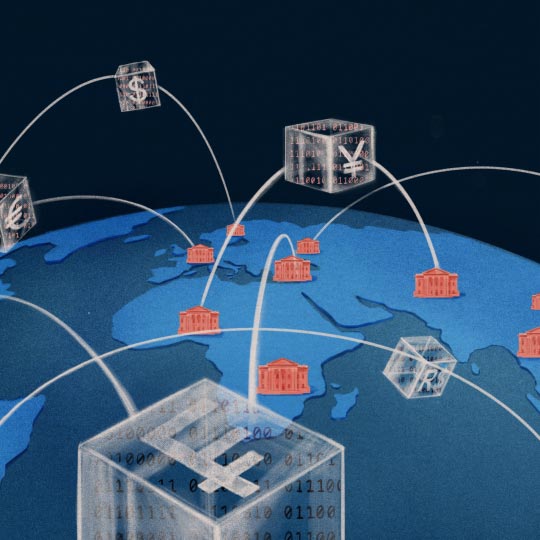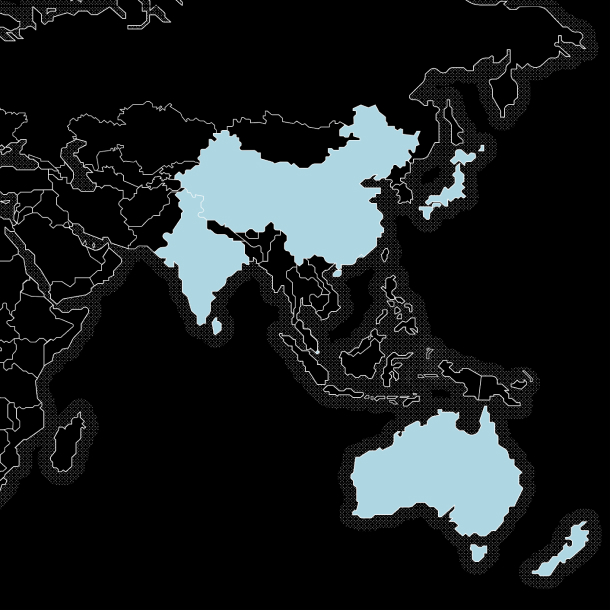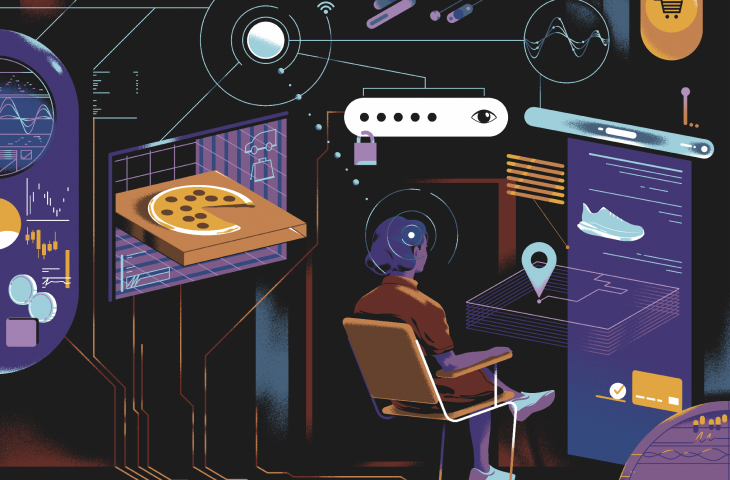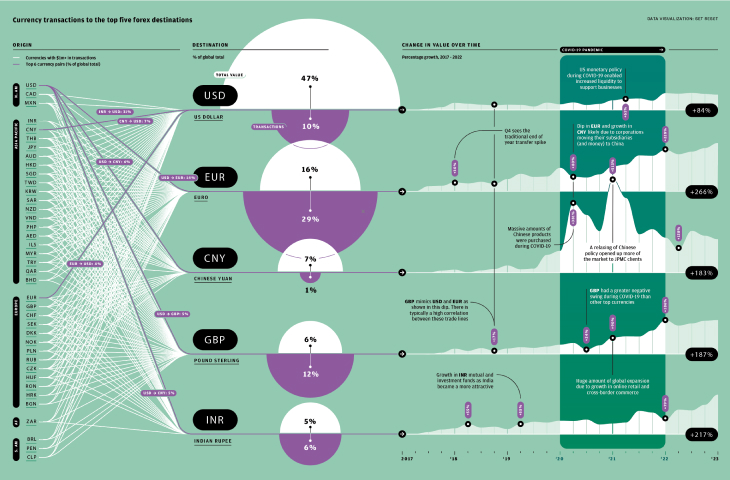For Companies and Institutions
-
Commercial Banking
We provide credit, financing, treasury and payment solutions to help your business succeed. We also offer best-in-class commercial real estate services for investors and developers.
-
Global Corporate Banking
We help clients achieve their long-term strategic goals through financing, liquidity, payments, risk management and investment banking solutions.
-
Investment Banking
Providing investment banking solutions, including M&A, capital raising and risk management, for a broad range of corporations, institutions and governments.
-
Institutional Investing
We support the entire investment cycle with market-leading research, asset management, analytics, execution, and investor services.
-
Payments
Your partner for commerce, receivables, cross-currency, working capital, blockchain, liquidity and more.
Key Links
For Individuals
-
Wealth Management
With J.P. Morgan Wealth Management, you can invest on your own or work with an advisor to design a personalized investment strategy. We have opportunities for every investor.
-
Private Bank
A uniquely elevated private banking experience shaped around you.
Explore a variety of insights.
Key Links
Insights by Topic
Explore a variety of insights organized by different topics.
Key Links
Insights by Type
Explore a variety of insights organized by different types of content and media.
Key Links
We aim to be the most respected financial services firm in the world, serving corporations and individuals in more than 100 countries.
Key Links
- Payments
- Payments Unbound
- Payments Unbound - The digital magazine
- Payments Unbound Articles
- Treasury Leaders on Skills, the Evolving Role and More
Featuring future-thinking clients
Payments Unbound unites clients from a wide range of industries to bring you innovative insights that help you navigate the future of payments.
Treasury breaks free
Communities
The information age has shown the power of convergence—not just for technologies but for teams. Businesses have learned that when they break down boundaries within their organizations, they are not only better placed to adapt to digital disruption but can drive innovation themselves.
Yet even within the most integrated companies, certain teams are so specialized they have often been left in their silos. Treasury is one—but now, that’s changing. Treasurers are increasingly compelled to ensure they don’t sit in isolation. Identifying opportunities to integrate treasury closely and comprehensively with other facets of the business is becoming essential.
We spoke to treasury leaders who are placing collaboration at the heart of their work about how to do it successfully...

Global Treasurer, Embraer
Embraer is a global leader in the aerospace industry1
Treasury can—and should—be a partner to all areas of a company. We work closely with many different teams. One is procurement, where we are providing tailor-made support, including inventory financing and export credit support to suppliers, as well as payments solutions to access different currencies or payment types. We also frequently work with sales by providing them with financial solutions that can make our products more financially viable for the customers.
In the future, alongside our usual ‘hard’ skills, which now have to include AI skills, treasurers will also need a bank of ‘soft’ skills. Treasurers need to be able to talk with each internal business area, so we can understand their specific goals and how we can support and work with them.

Global Assistant Treasurer, Invesco
Invesco is a global investment management firm
Storytelling with numbers is such a skill and it can take years to master. If you get it right, it's easier to bring stakeholders into the vision of what treasury and the wider business is trying to achieve.
For example, at Invesco we are constantly deepening our relationship with finance, especially with financial planning and analysis (FP&A). The more we all understand, ‘Where's the business headed, from a revenue perspective and an expense perspective?’, the more accurately we can forecast our cash.
With 'good' forecast data, we’re explaining what that data means month-on-month, quarter-on-quarter from an actual cash perspective. Treasury can explain to business functions that these are not just numbers on an Excel spreadsheet—this is actual cash, which has real implications for all of us. We can then encourage that stakeholder mindset of, ‘Treat it as your own money’ and with that mindset we all feel more engaged in what we do.

Global Process Owner and EMEA Head of Treasury Operations, Chubb
Global insurance company Chubb has operations in 54 countries and territories2
A large element of my role is ensuring other business functions and external stakeholders understand the ‘why’ when treasury implements changes—such as enhancing the financial control framework—and the benefits it will bring.
In practice, this means being able to lobby, negotiate and ensure expectations are met. It also requires communicating the business’ global requirements to get buy-in from local teams, and vice versa—understanding local needs and nuances and parlaying them into our global agenda.
To be successful in the role therefore requires building emotional intelligence. In such a complex landscape for treasury, the ability to foster strong relationships with people to facilitate the work that you're doing is vital. Treasurers cannot be siloed any more. Half of my role is now based on relationship-building and building a good network of stakeholders that understand the broader context and the benefits of our strategy.

Adeline Chua
APAC Treasury Manager, Kimberly-Clark Asia Pacific
Kimberley Clark is a multinational manufacturer of consumer goods and personal care products
Prediction #1: Treasurers will need to be technologists
Post-2030, treasury will be more data-driven, technology-centric and strategically focused.
We will increasingly leverage AI and machine learning tools to automate repetitive processes and improve cash flow forecasting. We will also be able to rely on advanced data analytics, resulting in a more precise and informed decision-making. Therefore, it will be critical in the future for treasurers to have the technological proficiency to be able to operate emerging technologies.
In addition, with growing digitalization, cybersecurity threats will become more prevalent, so treasurers will need expertise in managing these risks to protect financial transactions and sensitive data.

Charlene Tan
APAC Regional Treasurer, Archroma
Archroma is a global specialty chemicals company
Prediction #2: Serious talent will be drawn to the profession
Treasury historically had a reputation for being a somewhat staid, back-office function. That simply isn’t the case anymore.
We’re now highly visible, having evolved into a trusted partner that proactively supports the business, optimizing cash resources to meet operational and strategic needs while safeguarding the company’s financial stability. This involves collaborating with finance, IT, procurement, supply chain, investors and rating agencies to hone our processes and boost our company’s external profile.
The most relevant, exciting treasurers I encounter are engaging with emerging tech and ever-changing regulations. They’re dynamic, willing to be visible and to engage with new people and ideas. They’re leading by example. This will influence who is drawn to the profession: I predict we’ll see some serious talent join our ranks in the coming years.
BY J.P. Morgan Payments
ILLUSTRATION: SELMAN HOSGOR
MAGAZINE
Volume 6: Open Banking Is Just Getting Started Volume 5: Game Changer Volume 4: Ready Payer One Volume 3: Bank to the Future Volume 2: The New World of Commerce Volume 1: The Money Revolution Browse all articlesWEBINARS
View all webinarsYou're now leaving J.P. Morgan
J.P. Morgan’s website and/or mobile terms, privacy and security policies don’t apply to the site or app you're about to visit. Please review its terms, privacy and security policies to see how they apply to you. J.P. Morgan isn’t responsible for (and doesn’t provide) any products, services or content at this third-party site or app, except for products and services that explicitly carry the J.P. Morgan name.










